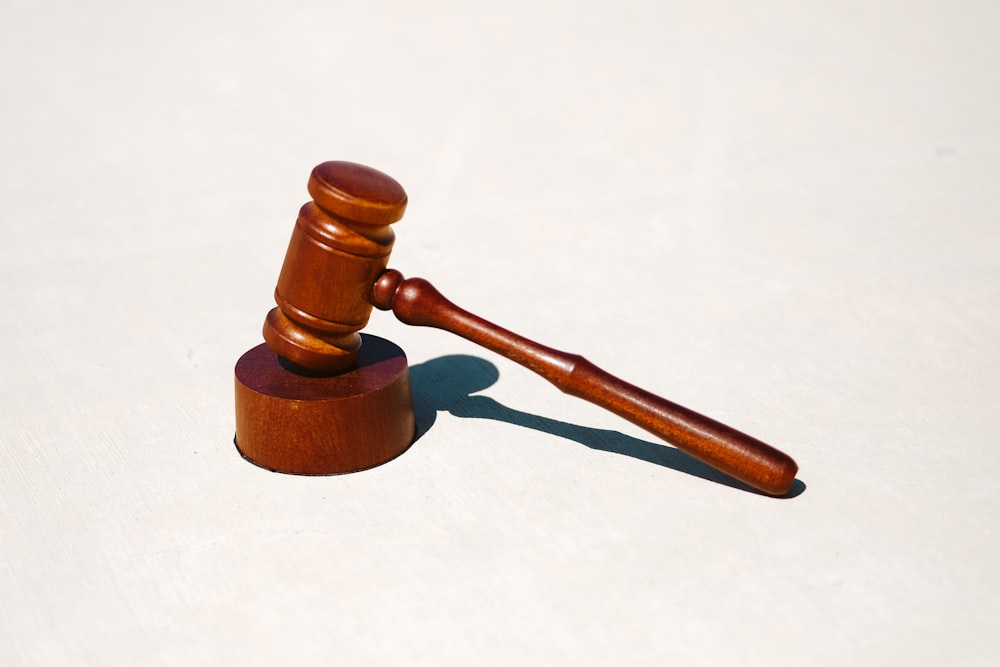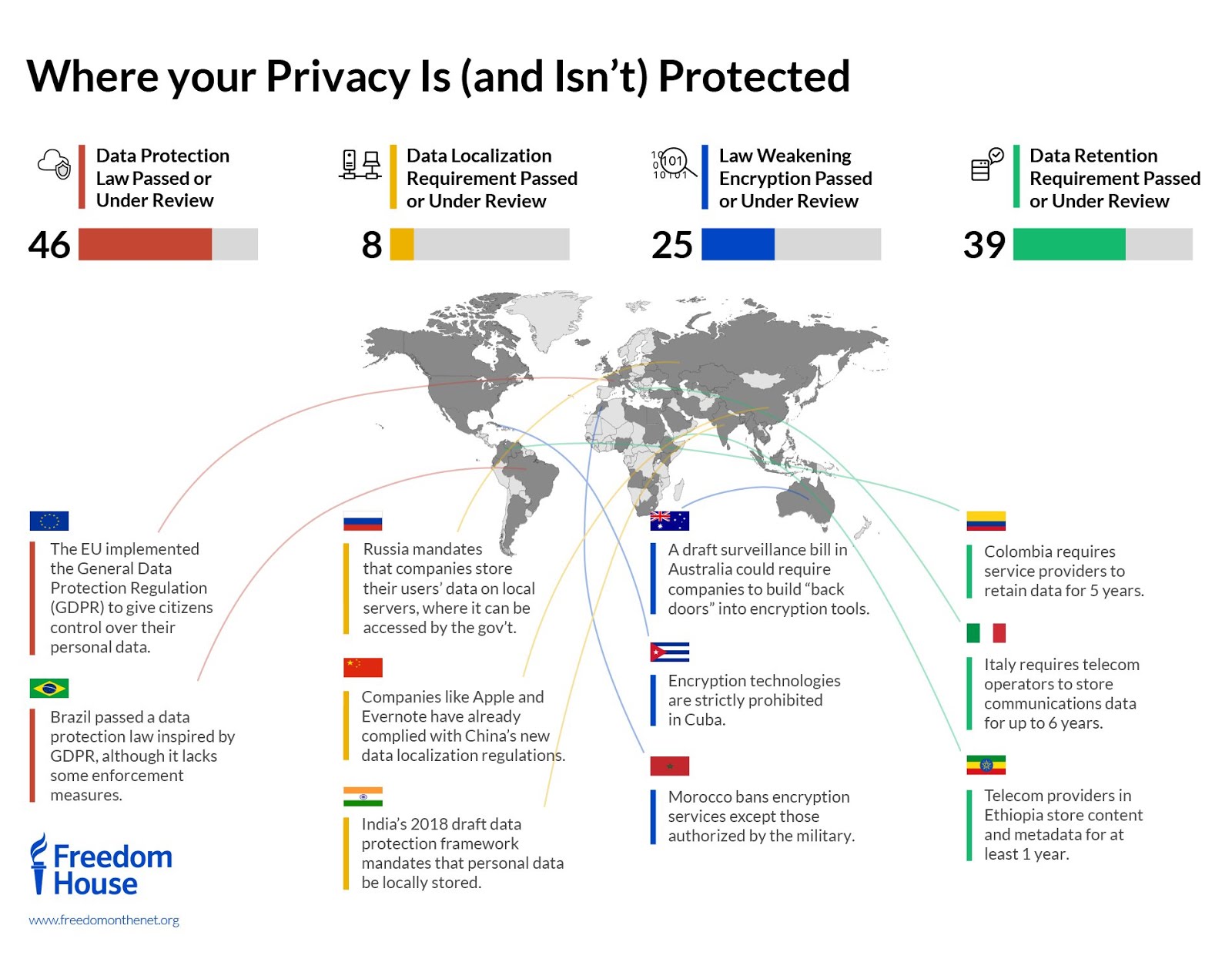Exploring Civil Law Torts Understanding Legal Wrongs
Exploring Civil Law Torts
Understanding Civil Law Torts
Civil law torts are legal wrongs that cause harm or injury to individuals or entities, giving rise to a civil cause of action for compensation. Understanding the nature and scope of civil law torts is essential for navigating legal disputes and seeking redress for wrongful conduct.
Types of Civil Law Torts
Civil law torts encompass a wide range of wrongful acts, including negligence, intentional torts, and strict liability. Negligence occurs when a party breaches a duty of care owed to another, resulting in foreseeable harm. Intentional torts involve deliberate wrongdoing, such as assault, battery, or defamation. Strict liability imposes liability regardless of fault, typically in cases involving inherently dangerous activities or defective products.
Legal Elements of Civil Law Torts
To establish civil law tort liability, plaintiffs must prove certain legal elements, depending on the type of tort alleged. In negligence cases, for example, plaintiffs must demonstrate the existence of a duty of care, breach of that duty, causation, and damages. Meeting these legal elements requires presenting evidence, such as witness testimony, expert opinions, and documentary proof, to support the tort claim.
Navigating Negligence Claims
Negligence is one of the most common types of civil law torts, encompassing a wide range of wrongful conduct, such as car accidents, slip and fall incidents, medical malpractice, and more. Navigating negligence claims requires a thorough understanding of legal principles, procedural rules, and evidentiary standards. Plaintiffs must gather evidence to establish the defendant’s breach of duty and the resulting harm suffered.
Understanding Intentional Torts
Intentional torts involve deliberate acts that cause harm or injury to another person or entity. Examples of intentional torts include assault, battery, false imprisonment, trespass to land or chattels, and intentional infliction of emotional distress. Unlike negligence, intentional torts require proof of intent or knowledge of wrongdoing on the part of the defendant.
Exploring Strict Liability
Strict liability imposes liability on defendants for harm caused by certain activities or products, regardless of fault or intent. Common examples of strict liability torts include product liability claims, where manufacturers or sellers are held responsible for defective products that cause harm to consumers. Strict liability serves to protect consumers and promote public safety by holding manufacturers accountable for the safety of their products.
Legal Defenses to Civil Law Torts
Defendants in civil law tort cases may raise various defenses to challenge liability or mitigate damages. Common defenses include contributory negligence, assumption of risk, comparative fault, and immunity. Contributory negligence occurs when the plaintiff’s own negligence contributes to their harm, reducing or eliminating the defendant’s liability. Assumption of risk occurs when the plaintiff voluntarily assumes the risk of injury associated with certain activities.
Legal Remedies for Civil Law Torts
When liability is established in civil law tort cases, courts may award various remedies to compensate the injured party for their losses or injuries. These remedies can include monetary damages, injunctive relief, or specific performance. The goal of remedies is to restore the injured party to the position they were in before the harm occurred, to the extent possible, and to deter future wrongdoing by holding wrongdoers accountable for their actions.
Seeking Legal Advice and Representation
Given the complexities of civil law torts, individuals facing legal claims or seeking to assert their rights should seek guidance from qualified legal professionals. Attorneys specializing in civil litigation can provide invaluable assistance in assessing legal claims, developing legal strategies, and advocating for their clients’ interests in court. Working with experienced legal counsel can maximize the chances of obtaining a favorable outcome in civil law tort cases.
Conclusion
Civil law torts play a significant role in the legal system, providing a means for individuals to seek redress for harm or injury caused by wrongful conduct. By understanding the various types of torts, legal elements, defenses, remedies, and seeking the assistance of qualified legal professionals, individuals can navigate civil law tort disputes effectively and pursue justice for wrongful acts. Read more about Civil law torts










